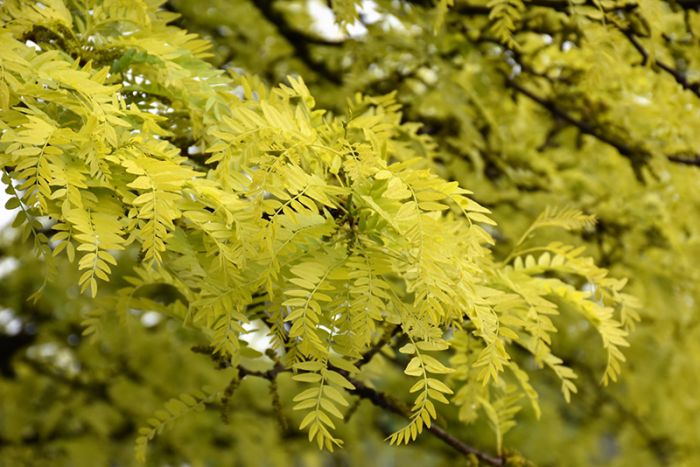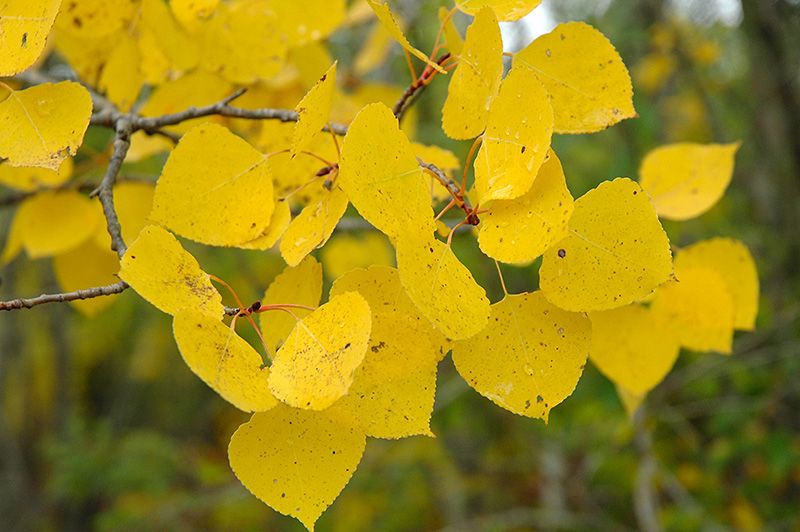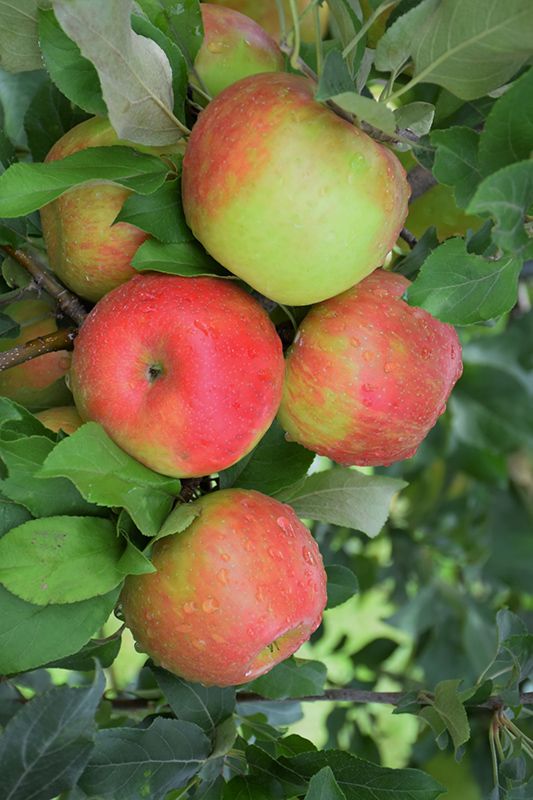Gleditsia, Thornless Honeylocust 'Sunburst®'



Out of stock
Coming soon, still growing- Sun Preference
- Full-Sun, Part-Sun
Description
Smaller than ‘Skyline’ and with an irregularly rounded crown. Yellow new growth matures to deep green. Casts filtered shade, seedless.
Minnesota's Largest Selection of Trees
At Minnesota's Destination Garden Center, we offer a diverse range of trees to suit any landscaping need. Whether you're looking for shade trees to cool your home or ornamental trees to add beauty and interest, you'll find the perfect tree at Gertens. Our knowledgeable staff can help you select the right tree for your space and provide tips for care and maintenance. Visit Gertens today and explore the unmatched variety of trees to enhance your outdoor environment!
Details
Sunburst® Honeylocust | Gleditsia triacanthos 'Suncole'
Height: 40 feet
Spread: 25 feet
Sunlight: full sun
Hardiness Zone: 4a
Description:
A very popular shade tree, valued for its delicate, ferny appearance which casts a dappled shade below; foliage emerges a brilliant yellow, fading to light green; broad spreading habit of growth, seedless, very tolerant of adverse growing conditions
Ornamental Features
Sunburst® Honeylocust has attractive lime green deciduous foliage which emerges gold in spring on a tree with an upright spreading habit of growth. The pinnately compound leaves are highly ornamental and turn an outstanding yellow in the fall.
Landscape Attributes
Sunburst® Honeylocust is an open deciduous tree with an upright spreading habit of growth. It lends an extremely fine and delicate texture to the landscape composition which can make it a great accent feature on this basis alone.
This is a relatively low maintenance tree, and is best pruned in late winter once the threat of extreme cold has passed. Deer don't particularly care for this plant and will usually leave it alone in favor of tastier treats. It has no significant negative characteristics.
Sunburst® Honeylocust is recommended for the following landscape applications;
- Accent
- Shade
Planting & Growing
Sunburst® Honeylocust will grow to be about 40 feet tall at maturity, with a spread of 25 feet. It has a high canopy with a typical clearance of 7 feet from the ground, and should not be planted underneath power lines. As it matures, the lower branches of this tree can be strategically removed to create a high enough canopy to support unobstructed human traffic underneath. It grows at a fast rate, and under ideal conditions can be expected to live for 70 years or more.
This tree should only be grown in full sunlight. It is very adaptable to both dry and moist locations, and should do just fine under average home landscape conditions. It is not particular as to soil type or pH, and is able to handle environmental salt. It is highly tolerant of urban pollution and will even thrive in inner city environments. This is a selection of a native North American species.
More Information
| Gerten Grown Plants | Gerten Grown Plants |
|---|---|
| Available for Pre-Order | No |
| Tree Type | Shade & Ornamental |
| Sun Preference | Full-Sun, Part-Sun |
| Mature Height (Range) | 25 - 50 feet |
| USDA Hardiness Zone | 4, 5, 6, 7 |
| Common Family Name | Honeylocust |






